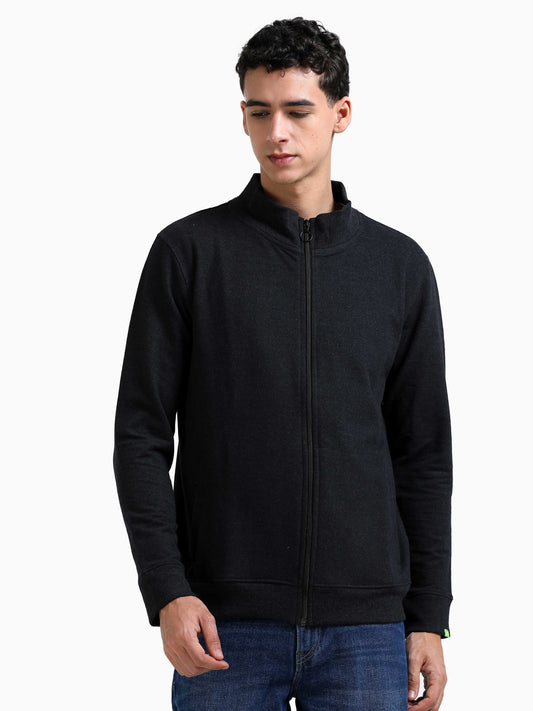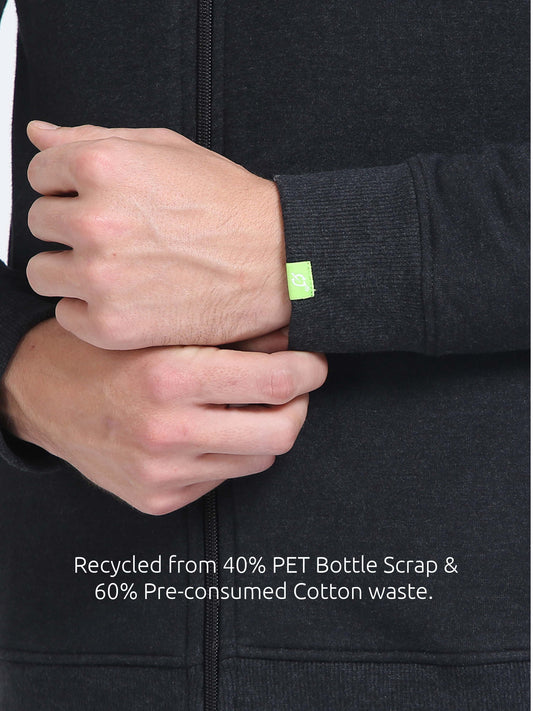Collection: Jacket
-

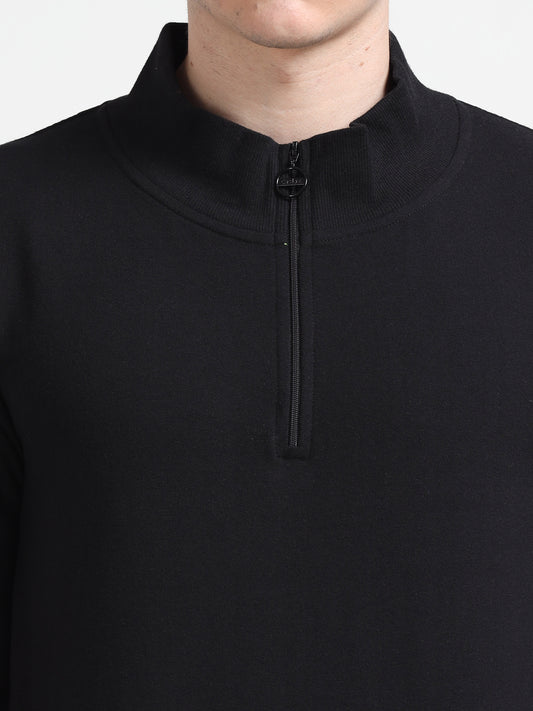 36% OFF
36% OFFHalfway Jacket - Black
Regular price ₹ 1,899Regular price(36% OFF) Unit price / per₹ 2,999Sale price ₹ 1,89936% OFF -
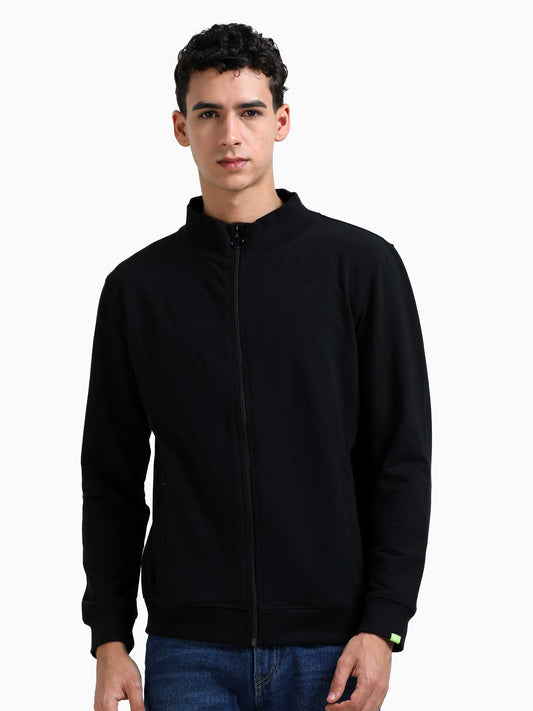
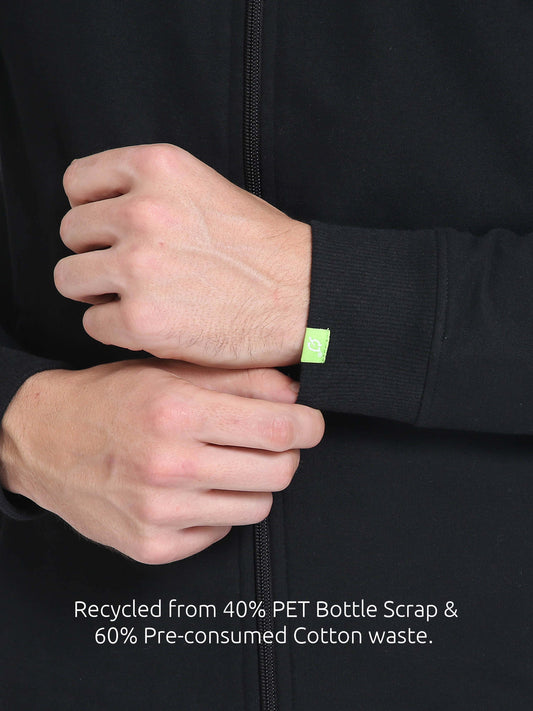 36% OFF
36% OFFHighneck Jacket - Black
Regular price ₹ 1,899Regular price(36% OFF) Unit price / per₹ 2,999Sale price ₹ 1,89936% OFF -
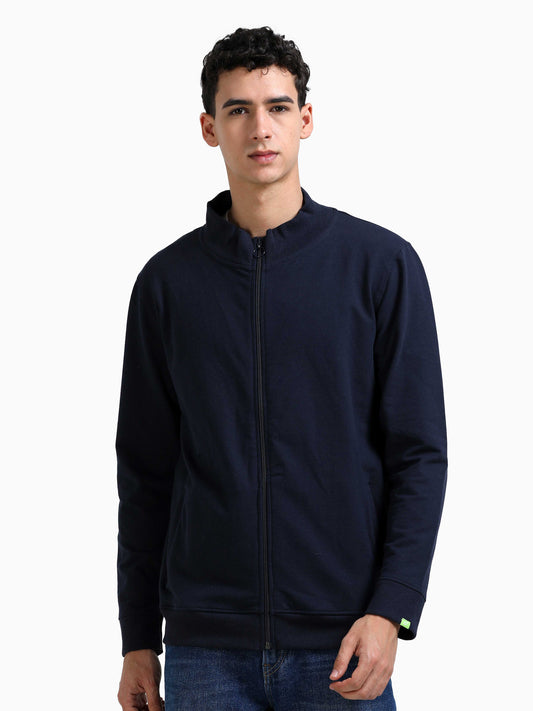
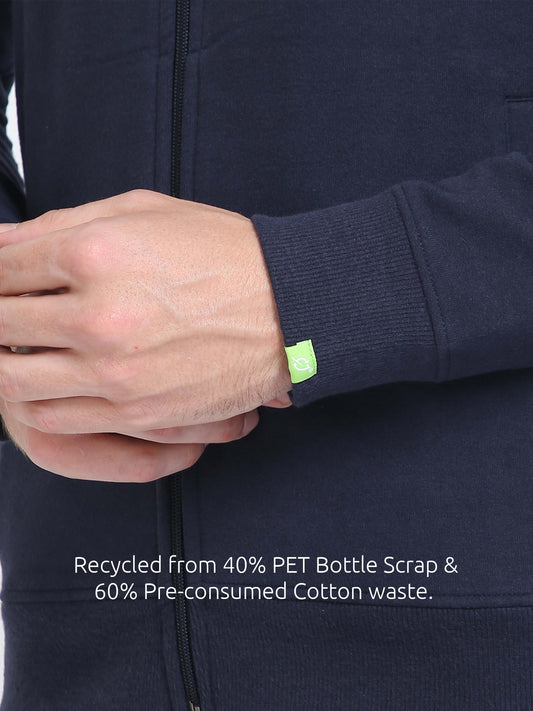 36% OFF
36% OFFHighneck Jacket - Navy Blue
Regular price ₹ 1,899Regular price(36% OFF) Unit price / per₹ 2,999Sale price ₹ 1,89936% OFF -
Highneck Jacket - Charcoal Melange
Regular price ₹ 1,899Regular price(36% OFF) Unit price / per₹ 2,999Sale price ₹ 1,89936% OFF -
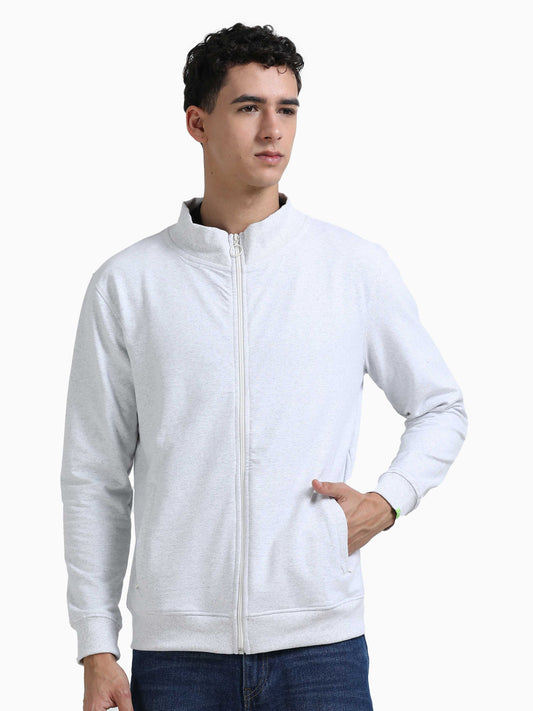
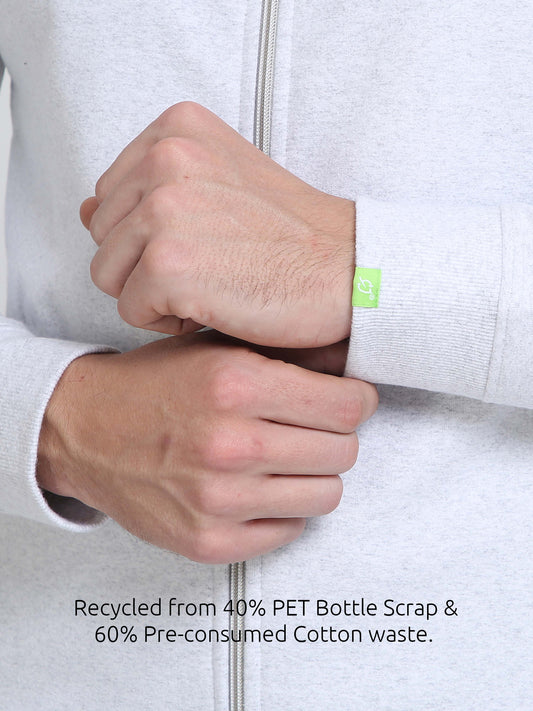 36% OFF
36% OFFHighneck Jacket - White Melange
Regular price ₹ 1,899Regular price(36% OFF) Unit price / per₹ 2,999Sale price ₹ 1,89936% OFF









